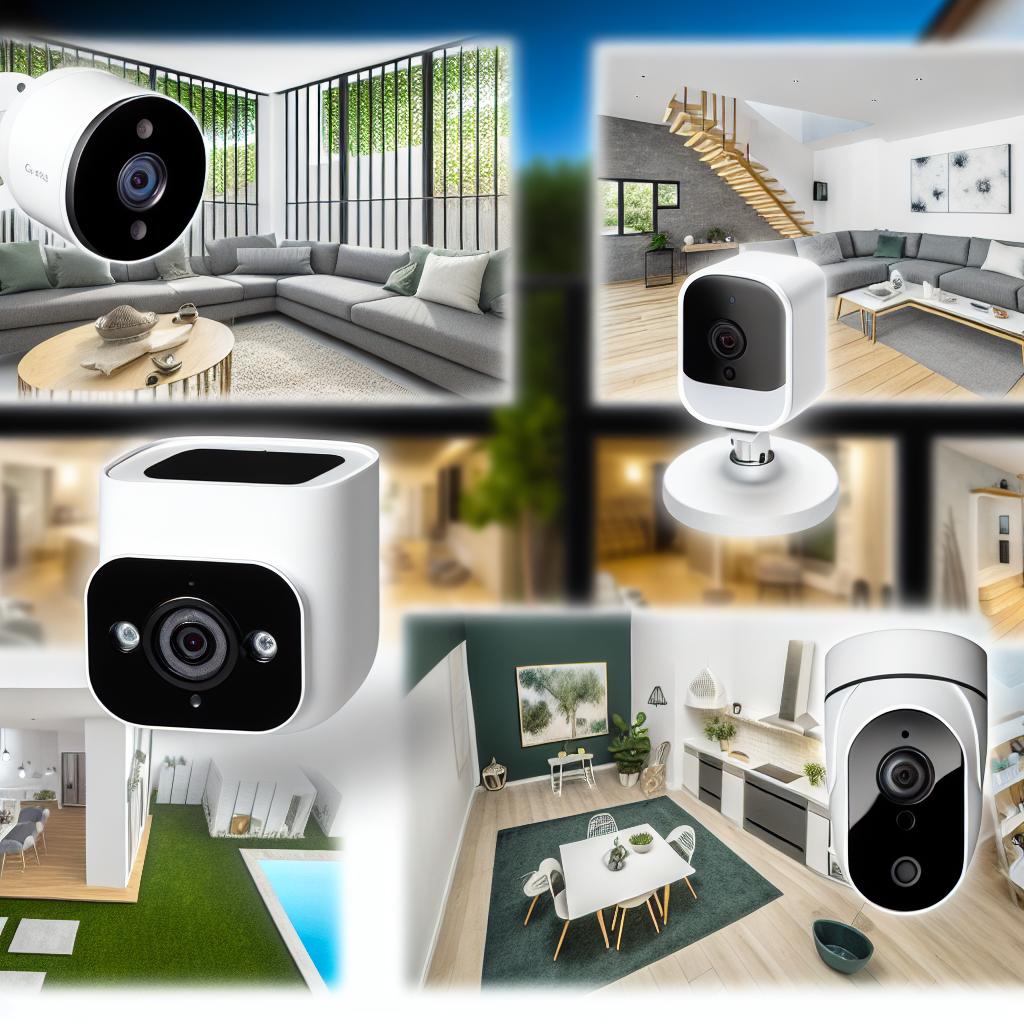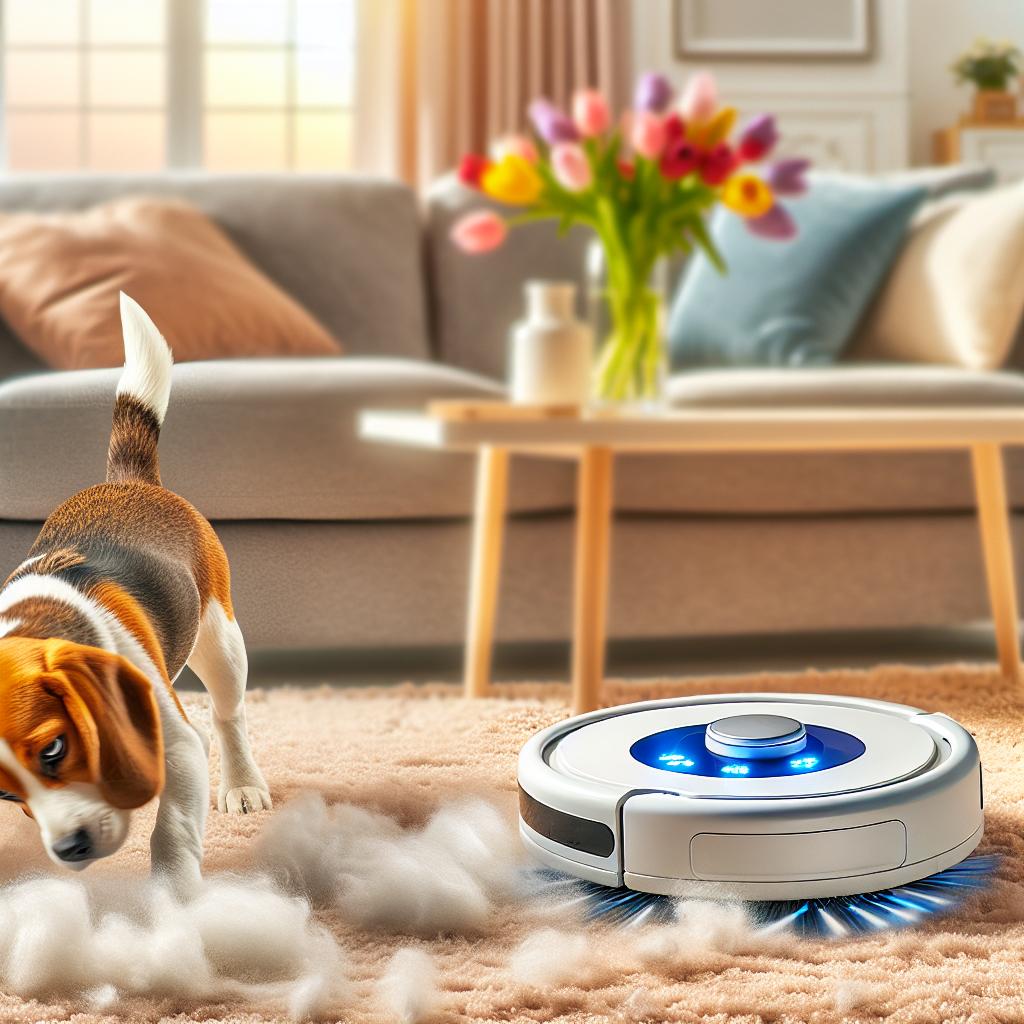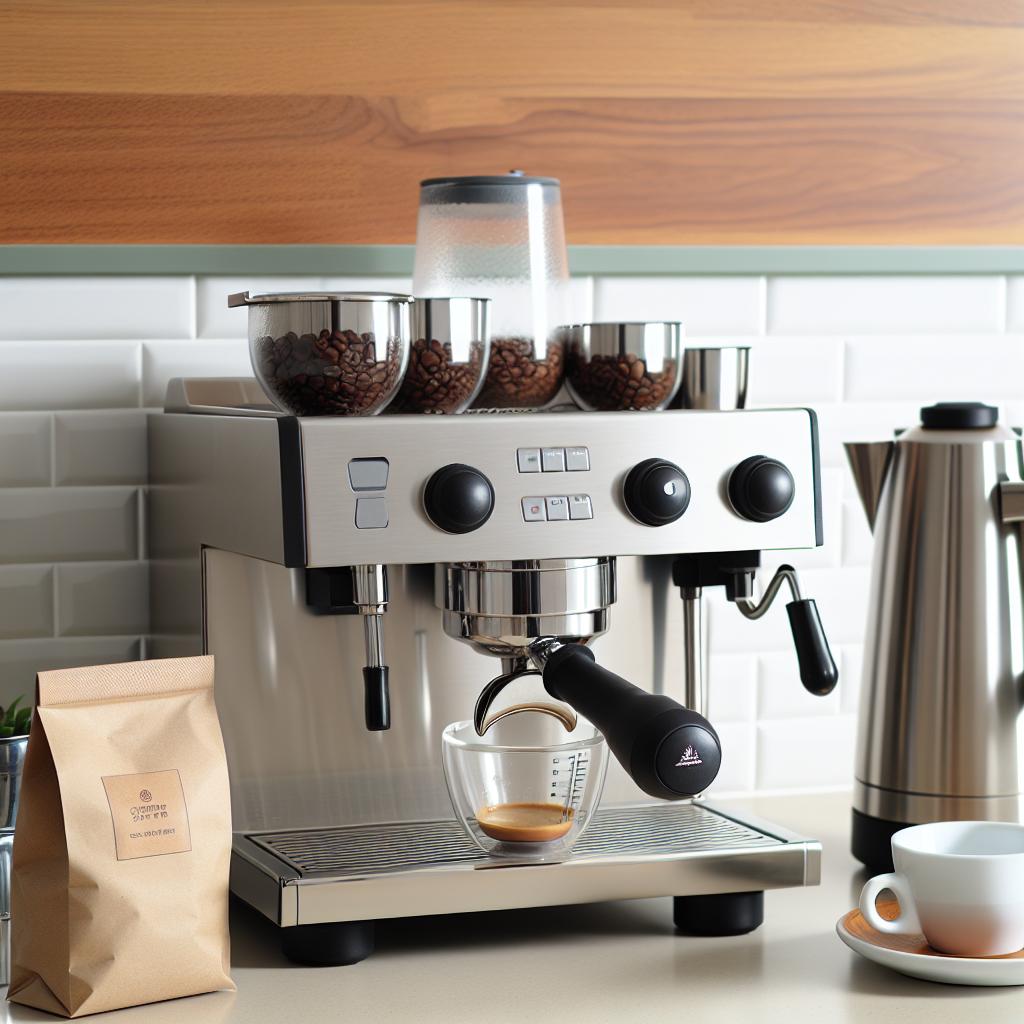Overview of Home Security Cameras
Home security cameras have become indispensable in the modern quest to safeguard residential properties. As technology continues to advance, these devices have evolved to offer a range of sophisticated features, making them increasingly effective in deterring crime and providing evidence when necessary. Through real-time surveillance and alerts, they provide homeowners with a reassuring sense of security.
Key Features to Consider
When choosing a home security camera, it is crucial to assess several elements to ensure that you are selecting the most appropriate solution for your security needs.
Resolution and Image Quality
One of the primary considerations is the resolution and image quality of the camera. Modern home security cameras come in resolutions that range from 1080p to 4K. A higher resolution guarantees clearer and more detailed images, an important factor when trying to identify individuals or objects captured in the footage, such as license plates. Clear images are critical when footage needs to be used as evidence for law enforcement or insurance claims.
Field of View
The field of view (FOV) of a camera is equally influential in determining how much area the camera can cover. Cameras offering a broader field of view, typically between 110 to 180 degrees, allow a single device to monitor a larger portion of your property. This reduces the need to install multiple cameras for comprehensive coverage, potentially saving on both the initial purchase and installation costs.
Night Vision
Since many security breaches occur under the cover of darkness, night vision is a significant feature in home security cameras. Cameras equipped with infrared LEDs can effectively capture clear images even in complete darkness. The performance of night vision may vary, with some cameras providing color night vision, while others revert to black and white to ensure image clarity.
Audio Features
Modern security cameras increasingly include audio features, with two-way audio becoming standard in many models. This allows users not just to listen in on the camera’s environment but also to communicate with individuals captured in the footage, using a smartphone app. This functionality can be handy for greeting visitors, addressing suspicious activity, or even scaring off potential intruders.
Connectivity and Integration
Consider the camera’s connectivity options, ensuring that it integrates seamlessly with other smart home systems. Compatibility with voice-activated assistants such as Amazon Alexa or Google Assistant enhances user experience. This integration allows users to control the cameras with voice commands, providing a hands-free operation that further simplifies their usage in a smart home environment.
Types of Home Security Cameras
Different types of home security cameras are designed to cater to specific needs and environments:
Indoor Cameras
Designed for interior use, indoor cameras vary from discreet units that blend seamlessly with home decor to more conspicuous options with additional features like pan-and-tilt, which enable them to cover larger areas within a room. These cameras often focus on key areas like entry points and high-traffic zones within the home.
Outdoor Cameras
Outdoor cameras are built robustly to withstand environmental challenges such as harsh weather conditions and physical tampering. These usually come enclosed in weatherproof housings and feature anti-vandalism designs to ensure durable and reliable outdoor monitoring.
Doorbell Cameras
Doorbell cameras are an innovative blend of a video camera and a traditional doorbell, providing the homeowner with the ability to see and communicate with visitors at their door in real-time, irrespective of their location. This functionality is especially useful for managing deliveries or screening guests, enhancing both convenience and security.
Wireless Cameras
These cameras operate by connecting to the household’s Wi-Fi network, making them easier to install since they do not require complex wiring. The convenience of wireless cameras comes with the caveat of needing a stable internet connection to deliver uninterrupted performance.
Wired Cameras
While they require more intensive installation due to cabling needs, wired cameras provide a reliable security solution that isn’t affected by Wi-Fi signal variability. Wired systems are particularly suited for permanent, long-term installations that prioritize consistent monitoring without interruptions.
Storage and Data Management
The management of footage captured by security cameras involves choosing between local and cloud storage. Local storage often involves using a microSD card or a connected hard drive, allowing for direct control and quick access to video recordings. On the other hand, cloud storage provides off-site data backup, which protects footage even if the camera is damaged or stolen, thus enhancing long-term data security.
Privacy and Security
Addressing concerns over privacy and security is vital when employing home security cameras. Selecting cameras that use encryption protocols helps protect data during transmission. Regularly updating camera firmware mitigates vulnerabilities, ensuring the cameras resist hacking attempts. Additionally, carefully managing who has access to video feeds is paramount in maintaining overall security integrity.
Conclusion
In summary, selecting the optimal home security camera involves balancing various features, including resolution, field of view, connectivity, and integration, while accounting for specific security needs and budget constraints. With thorough consideration and informed decisions, homeowners can establish a reliable and effective security system to protect their properties, enhancing their overall peace of mind.




